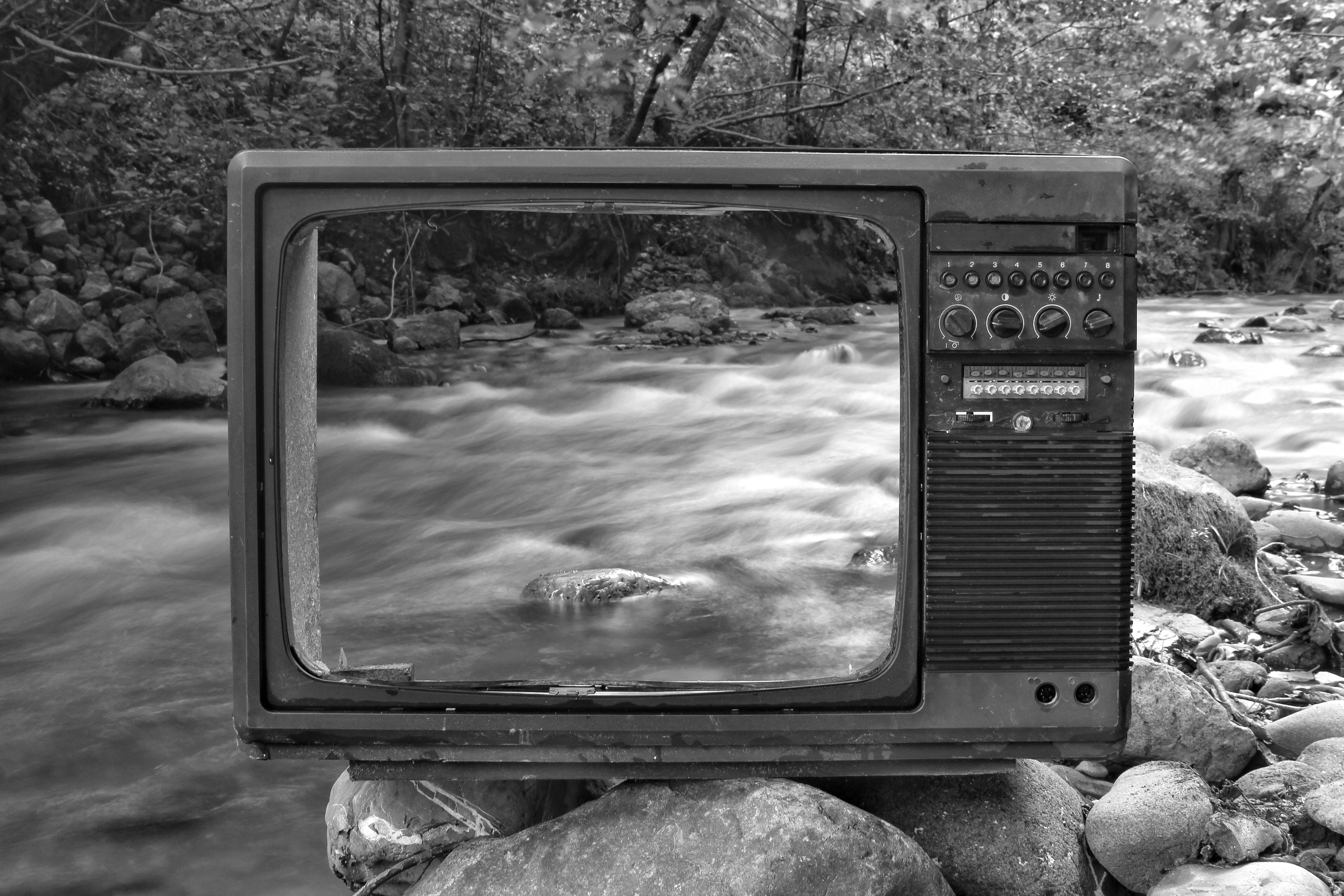As one studies the classical yoga texts, there is much discussion about the ability of a physical practice to influence psychological, perhaps even spiritual change. In other words, if you perform a prescribed series of actions in the body, then something happens to the mind. Twist, twist, compression, and elongation on the outside have a dramatic impact on what happens on the inside. Regular yoga practitioners generally agree that practicing yoga poses leads to a calmer and more relaxed attitude.
Contrary to popular belief, traditional hatha yoga texts did not spend much time talking about “asanas” (postures) and their benefits for the body, but rather devoted much attention to the more subtle practices of increasing unexpressed potential energy. . called “kundalini” in the higher psychic centers. There are two main approaches designed to elicit this reaction:
First, there is the “mudra”, which is a specific body configuration designed to attract the energy accumulated during asana and “pranayama” (breathing techniques) to the various psychic centers. This action causes particular mental states and can also trigger specific emotions. With enough practice, the external senses are turned inward and the pranic level (life force) increases, resulting in spontaneous occurrences of mudras in the body of a yogi, with the hands, feet, eyes, arms and legs moving in positions. specific.
Second, there is the “bandha”, which is a source of great misunderstanding and confusion among yoga practitioners. Some practices are called mudras in one text and bandhas in another. To add to the mystery, such practices could even have different names in the same text. In order to differentiate bandhas from mudras, many contemporary masters define bandhas as “energy blockages”, or specific physical location and action taken to prevent prana from escaping. These blocks are “moola bandha” (perineum or cervix retraction block), “uddiyana bandha” (abdominal retraction block), and “jalandhara bandha” (throat block).
Another way of thinking about the relationship between mudras and bandhas is that the former are generally more laborious than the latter. The bandhas are perhaps difficult to locate, but a regular and sustained practice of asanas under the watchful eye of a good teacher can develop these physical blocks or, at the very least, promote sensitivity and awareness around the perineum, abdomen and throat, which are key physical landmarks. in the hatha yoga system.
Consider, then, one of the earliest mudras: “khechari mudra”, which prescribes inverting the tongue at a very specific location within the skull (just behind the location of the third eye). The tongue should be massaged and pulled regularly. Then, the membrane that connects the tongue to the bottom of the mouth (frenulum linguae) is cut off little by little, at weekly intervals. Ancient texts say that a mixture of salt and turmeric is applied to the cut every day and after a period of 6 months, the root of the tongue will be cut off completely.
The practice, also known as “nabho mudra” and “lambhika yoga”, is generally taught from an early age, from 12 to 16, when the body is still developing. It takes many years of practice to learn to navigate with the detached tongue through the nasal cavity at the back of the throat to reach the center of the eyebrows.
Ancient texts speak highly of this practice (which, of course, must be taught by a guru), which is said to regulate the powerful secretions of the brain. The physical benefits of such intense practice are perhaps too much for the modern person to appreciate, but once you can begin to understand this mudra by turning your tongue back and touching the soft palate at the back of your mouth. Gaze into the third eye and breathe for 20 rounds.
The khechari mudra is said to directly influence brain functions and awaken the higher centers of consciousness. May you find a higher purpose in this life: Om Shanti Om.



